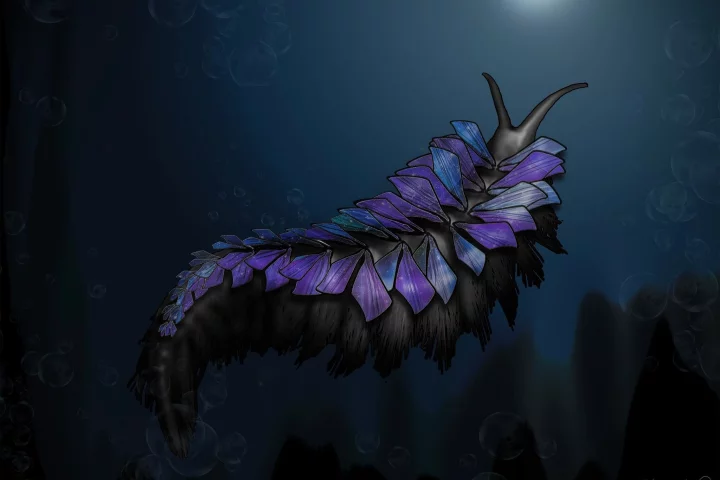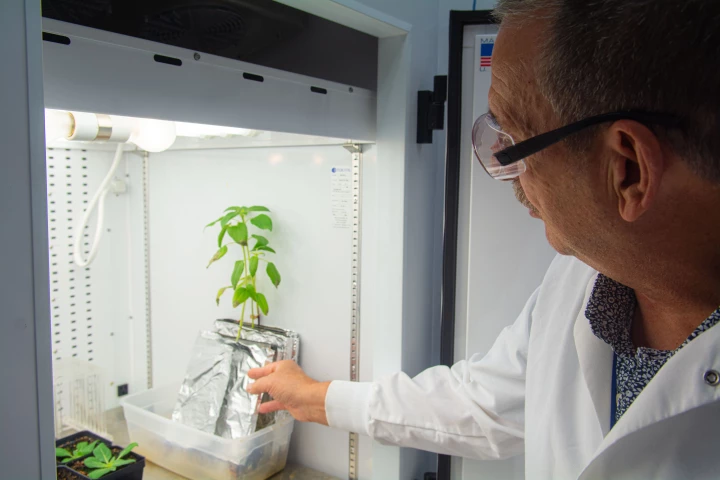University of Missouri
-
Kale has long been crowned a “superfood,” praised for its rich antioxidant and nutrient content – but new research suggests many of those perks go untapped unless you pair the leaves with something to boost the body's ability to absorb the good stuff.
-
A high-fat, low-carb ketogenic diet may protect the brain from early Alzheimer’s disease changes in people genetically at risk, new research suggests, by rebalancing gut bacteria and restoring brain energy metabolism.
-
Soy has been a kitchen hero in Asia for centuries, packed with nutrition and health perks but many Western eaters shy away due to their "beany" taste, perceiving them as grassy and earthy. So can scientists engineer a new kind of tasty soy bean?
-
If someone is afflicted with heart disease, it's important that their cardiac activity be monitored as accurately as possible. An experimental new wearable device is designed to make that happen, by copying the body structure of the starfish.
-
A new genus and species of ancient sea worm with an impressive set of star-shaped chaetae has been identified, after its fossil first puzzled paleontologists. Thanks to its alien-worm-like appearance, scientists found a fittingly sci-fi name for it.
-
It would certainly be logical to think that plants don't do well when exposed to forest fire smoke. New research, however, suggests that certain crops get hardier and more disease-resistant when liquid smoke is added to the soil.
-
A trial has found a specific type of video-game therapy is as effective as traditional methods of rehabilitation in patients recovering from a stroke. The trial also found the therapy reduces the need for face-to-face time with therapists by 80 percent.
-
Having your blood pressure measured via an arm cuff can be stressful, potentially causing that pressure to be higher than normal when the reading is taken. A new finger clip, however, is promised to make the process quicker and easier for patients.
-
New two-dimensional nanomaterials called MXenes that are being examined by the Missouri University of Science and Technology may lead to new superlubricants that could better protect the delicate moving parts of future Mars rovers.
-
Applying the wearable sensors of the future could be as simple as sketching out a shape on your arm, according to new research that investigates the potential for bioelectronics to be applied through graphite pencils and office copy paper.
-
One the largest carnivores to ever walk the Earth may have had an air conditioner in its head to help regulate its temperature.
-
Looking for impurities in drinking water or other liquids typically involves chemical analysis, which may be time-consuming. Now, however, scientists have created an inexpensive system in which light – that's converted to sound – is used to instantly determine if water is safe to drink.
Load More











